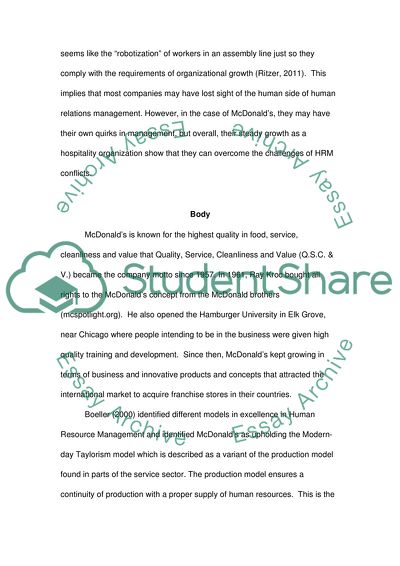Cite this document
(The McDonalds Profile of Human Resource Management Term Paper, n.d.)
The McDonalds Profile of Human Resource Management Term Paper. Retrieved from https://studentshare.org/human-resources/1754723-managing-resources-in-hospitality-operations
The McDonalds Profile of Human Resource Management Term Paper. Retrieved from https://studentshare.org/human-resources/1754723-managing-resources-in-hospitality-operations
(The McDonalds Profile of Human Resource Management Term Paper)
The McDonalds Profile of Human Resource Management Term Paper. https://studentshare.org/human-resources/1754723-managing-resources-in-hospitality-operations.
The McDonalds Profile of Human Resource Management Term Paper. https://studentshare.org/human-resources/1754723-managing-resources-in-hospitality-operations.
“The McDonalds Profile of Human Resource Management Term Paper”, n.d. https://studentshare.org/human-resources/1754723-managing-resources-in-hospitality-operations.


